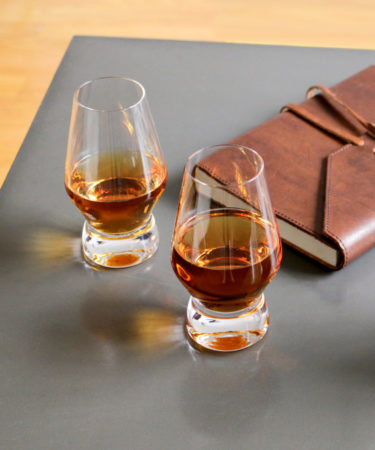Send questions to: [email protected]
Why do we only call whiskeys “drams”?
As with many words used to describe drinks and things connected to them, they often come from the region that originally made a drink famous. While whiskey is made all over the world, the most famous place in the world of whisky — note I dropped that pesky e — is Scotland. And it’s in Scotland that the word dram was first used to describe a glass of whisky. It isn’t an official measurement; a dram is most often referred to as “any amount of whisky that you could swallow in one mouthful.”
The word originates from the ancient Greek word drakhme, used in reference to coins. When it made its way to Britain it became dragme, used to describe something’s weight, and then, somehow, it made its way up to Scotland and transitioned from being used to describe weight, to instead describe the volume of liquid. Thus a dram of whisky was born.
How soon do I have to drink sherry once it’s opened?
For dry sherry, the best bet is to drink it one month after opening. Store it closed in your refrigerator because if you leave it out on the counter, it will turn in a little over a week, like wine. If your sherry is purposefully oxidized and sweet, then it can last forever.
What do winemakers mean when they say they use new oak — and why does it matter if the oak was new?
New oak is exactly what you think it is: a new barrel that has never held wine before. This is important because when a barrel has never been used, the phenolic compounds inside the wood that impart the vanillin and other flavors are at their strongest. Wine that goes into new oak picks up a lot of those flavors.
That’s why you will only very rarely hear of a winemaker aging all of the juice for a wine in new oak. Normally, only a percentage goes into new oak while the rest goes into barrels that have been used before, so the compounds aren’t as strong. Then when the winemaker is ready to bottle, everything is blended together to create a balanced wine.
